Iconic D.C.: Lesser Known Monuments in Washington, D.C.
The new PBS documentary series Iconic America: Our Symbols and Stories explores U.S. history and identity through iconic national symbols. Washington, DC is home to some of America’s most iconic landmarks and historic sites, like the Washington Monument, the White House, and the Smithsonian Castle. But locals know that beyond the national landmarks, there are hundreds of lesser-known symbols and landmarks that make the city unique and hold the memories of its residents. Over the years, Boundary Stones has highlighted many of them. These are just a few of our favorites.
Union Station
Inspired by Roman architecture, Union Station set a high bar for DC’s landmarks when it opened in 1907. It evoked the grandeur and economic power of railroads at the time, but by the 1960s the railroads fortunes were fading. There was talk of demolishing Union Station, but Congress stepped in to convert it into a visitors’ center. The visitors’ center never caught on as a tourist destination and funding ran out before the project was complete. Union Station lay empty and crumbling until 198.1 when Congressmembers and a panel of architects demanded that it be saved. The restoration was long, difficult, and costly, but Union Station reopened in 1988.
Ben’s Chili Bowl
Ben’s Chili Bowl is an iconic landmark home to the equally iconic chili half-smoke. Ben’s easily recognizable red-and-yellow storefront has been a staple on U Street since 1958. Ben’s opened in the midst of U Street’s “Black Broadway” era. It survived the 1968 riots, the Drug Wars of the 1970s and 80s, and the construction of the Green Line Metro. Today, Ben’s Chili Bowl is still the hot spot to eat in D.C., and it stands as a reminder of “what used to be” in Washington, while simultaneously representing progress, change, and a little chili too.
The Lincoln Theatre
Right next to Ben’s Chili Bowl is the Lincoln Theatre, known as the Jewel of U Street. Built in 1922 and once home to vaudeville acts, it helped establish U Street’s nickname, “Black Broadway,” as some of the greatest musicians of all time. When the Lincoln became neglected in the 1980s, the District government stepped in to rescue the building. It was meticulously restored to its former beauty. It reopened in 1994, and continues to draw theater-goers today.
The 9:30 Club
Founded in 1978 under the name the Atlantis, the 9:30 Club was the epicenter of DC’s punk music scene in the 1980s. The venue attracted a host of famous names ranging from LA hardcore pioneers Black Flag to Cyndi Lauper to REM, as well as local acts. It lives on today, relocated from 930 F Street to 815 V Street, but ties to its origins remain strong, as the club’s owners are opening a new venue named after the Atlantis that aims to recapture the atmosphere of the original club.
The Tivoli Theatre
The Tivoli Theatre opened as a movie theater in 1924, and though it was originally segregated, integration and changing neighborhood demographics made it a destination for Black Washingtonians in the 1960s. By the 1980s it had fallen into disrepair, and plans to restore the theater in 1989 sparked debate over urban renewal in Columbia Heights. After years of halting restoration, the Tivoli reopened in 2005 and is now home to GALA Hispanic Theatre.
Takoma Park’s Rooster Statue
Takoma Park’s rooster statue pays homage to Roscoe, a real-life rooster who roamed the streets of Takoma Park in the 1990s. When Roscoe first became a fixture in the neighborhood, officials tried to capture him, but the rooster had many sympathizers and fans who refused to turn him in. Sadly, after almost a decade of parading through Takoma Park, Roscoe was the victim of a hit-and-run. The statue was erected in his honor in 2000, and local residents still celebrate the bird by dressing the statue in scarves and hats.
Chinatown’s Friendship Archway
Chinatown’s Friendship Archway was erected in 1986 to symbolize friendship between DC and Beijing. Plans for the archway highlighted a divide between younger Chinatown residents, who looked forward to the new addition to the neighborhood, and older residents, who saw it as a symbol to a communist country and feared it would misidentify the local Chinese community with communism. Despite pushback, the archway was constructed. Today, it still acts as a marker of the neighborhood’s distinct heritage.
Anacostia’s Big Chair
Anacostia’s Big Chair was the largest chair in the world when it was created in 1959 by Curtis Bros. Furniture Company and Bassett Furniture. It measured nearly 20 feet tall and weighed 4,600 pounds. In the summer of 1960, the furniture company built a glass house atop the chair and found a woman willing to live inside it for a publicity stunt. She lived there for 42 days, drawing crowds and business for the furniture companies. Today, the glass house and furniture store are gone, but the big chair lives on in Anacostia.
The Cairo Building
This architectural anomaly at 1615 Q Street NW was designed by architect Thomas Franklin Schneider and is one of the tallest (and strangest) buildings in DC. It was built in 1894 and drew design inspiration from the Islamic architecture of medieval Spain. While many think that DC’s skyscraper ban was imposed to protect views of the Capitol and the Washington Monument, it actually came about in part because of Dupont Circle residents’ complaints about the height of the Cairo. Despite its detractors, the Cairo opened as a luxury hotel to mixed opinions from architects and locals alike. It survives today as an upscale residence with a very recognizable facade.
Torpedo Factory Art Center
Today the Torpedo Factory Art Center in Alexandria is home to artist studios, galleries, workshops, and even an archeology museum. But it began as a home for the U.S. Navy’s submarine torpedoes during WWII. The Alexandria Torpedo Station manufactured almost 10,000 torpedoes during WWII, but closed its doors in 1946 after the war had ended. The building was neglected until the 1970s when local artists convinced the city to convert the old factory into a working art studio. Major renovations took place in the 1980s to transform the building into the modern landmark and artistic community hub that it is today.


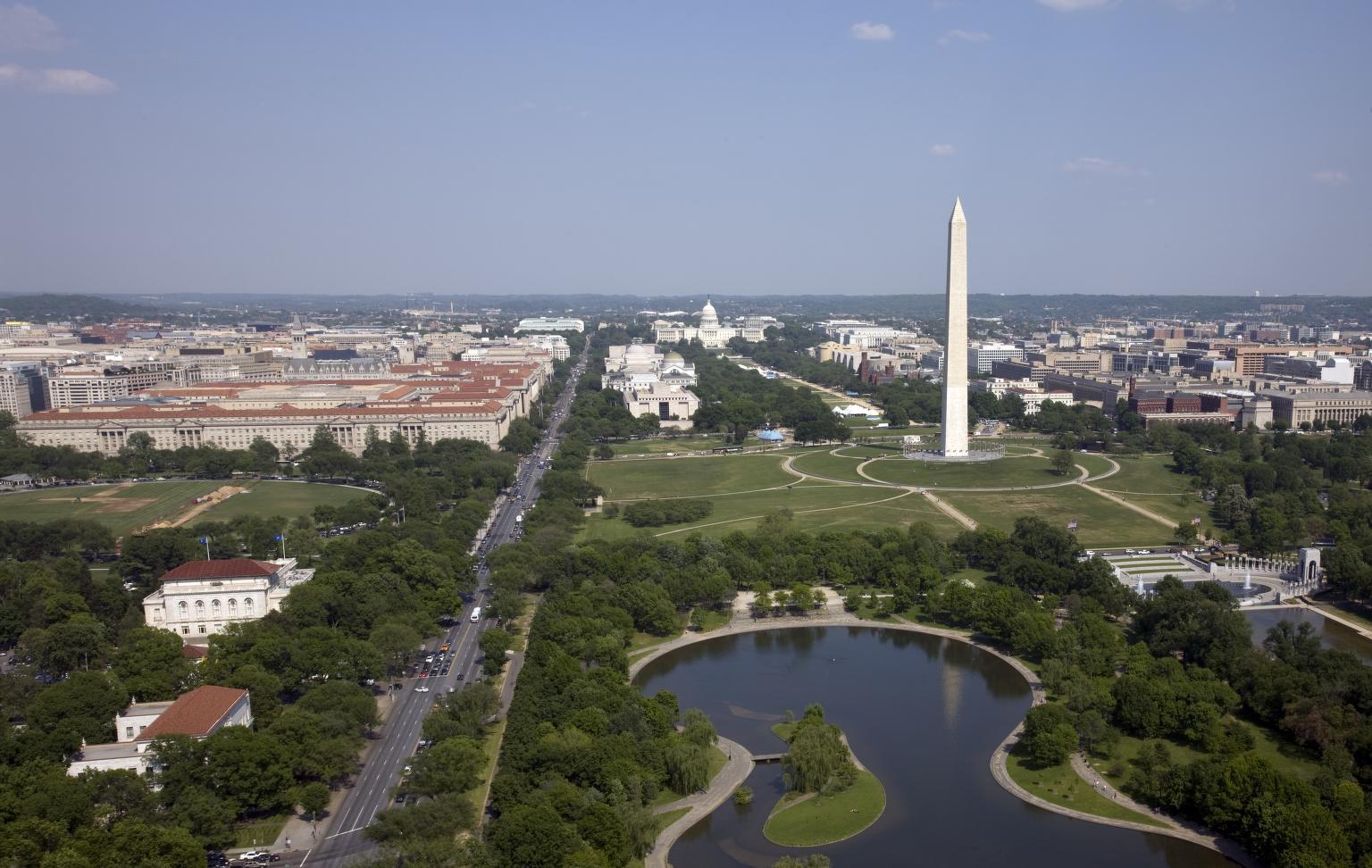
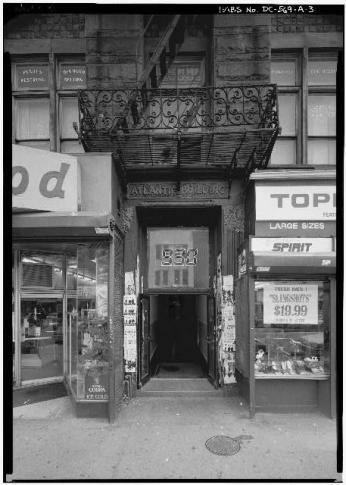
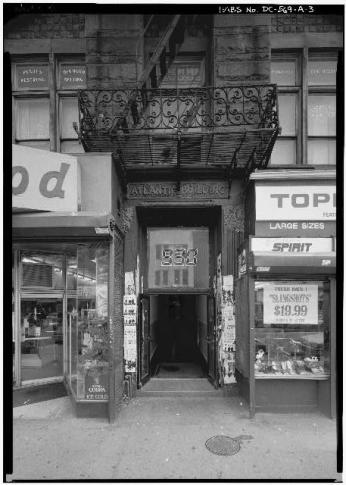
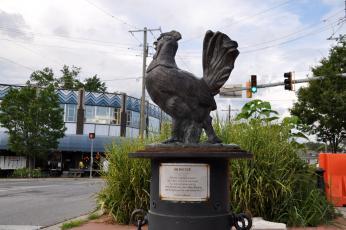
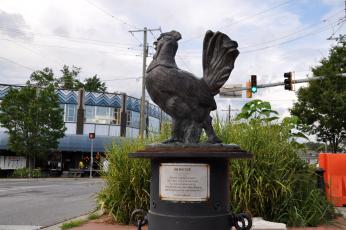
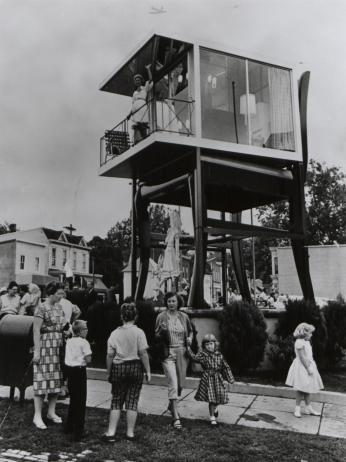
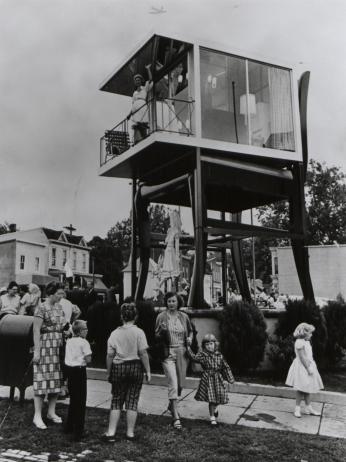
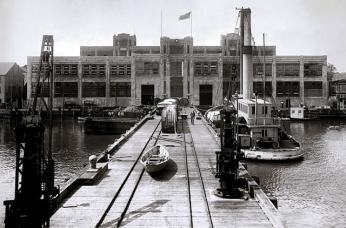
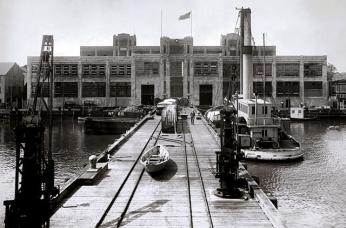
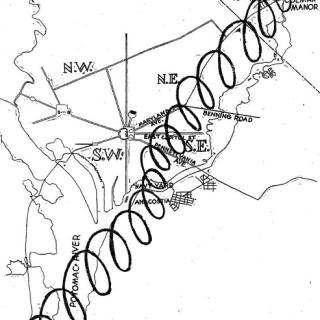
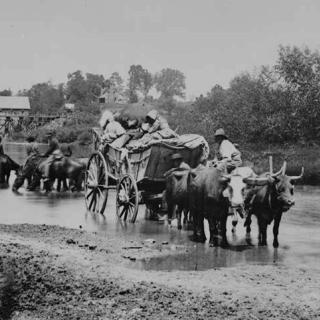
![Sketch of the mythical fuan by Pearson Scott Foresman. [Source: Wikipedia]](/sites/default/files/styles/crop_320x320/public/2023-10/Goatman_Wikipedia_Faun_2_%28PSF%29.png?h=64a074ff&itok=C9Qh-PE1)












